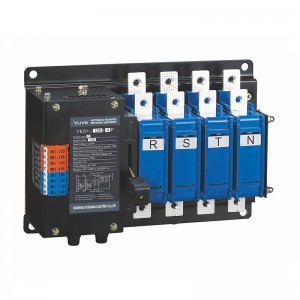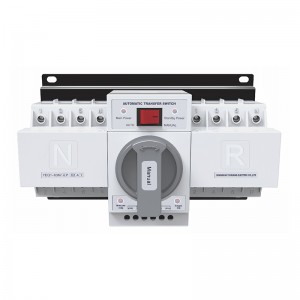ATS installation depends on the circuit you’re working on and the design of the switch itself. Most products come with a diagram, so it’s best to follow the included instructions.

If you’re unsure, the best solution is to contact a licensed electrician. Working with electricity requires knowledge and experience. An incorrect installation could cause the system to not work, or worse, damage your circuit and home.
However, the basic concept is as follows:
First, decide where you will place the transfer switch and the alternative power source. You also need to prepare the materials, supplies, and cables required for the installation. List them down and then finalize the required electrical diagram. This allows you to acquire everything you need before you even start working.
Once done, prepare the mounting position for the switch. Ensure that the area is clean and free from obstructions. Securely mount the transfer switch. Once installed, check it for security by tugging at it lightly. It shouldn’t budge, even slightly. If it does move, check your screws and tighten them as necessary.
Switch off the main power to your house via the electrical panel. Test the circuit and ensure that the entire system is de-energized before working on it. Once you’re sure that it’s safe, connect the ATS to the primary power source and to your electrical circuit by following the diagram or instructions included with the switch.
Afterward, with the primary power still disconnected, install the alternate power source on the transfer switch. Once done, test the system by running your alternate source with the primary electric source still disconnected. If properly installed, your electrical circuit should now receive power from your backup.
When you’ve confirmed that the system works, you are now free to switch on the main power and return regular electrical service to your circuit. You can test the system again by keeping the alternative energy switched on and then switching off your primary electrical source. The ATS should automatically divert to the alternate electrical supply when that happens.








